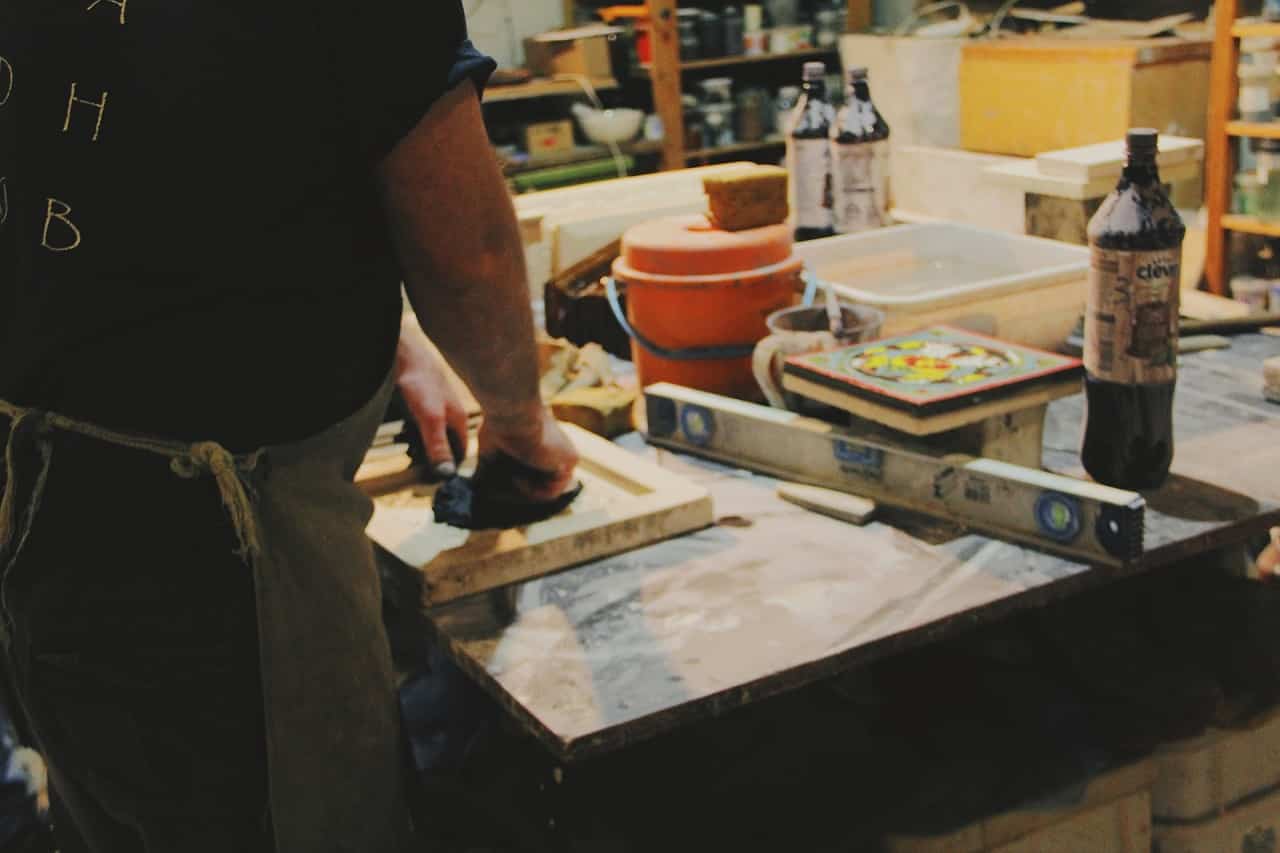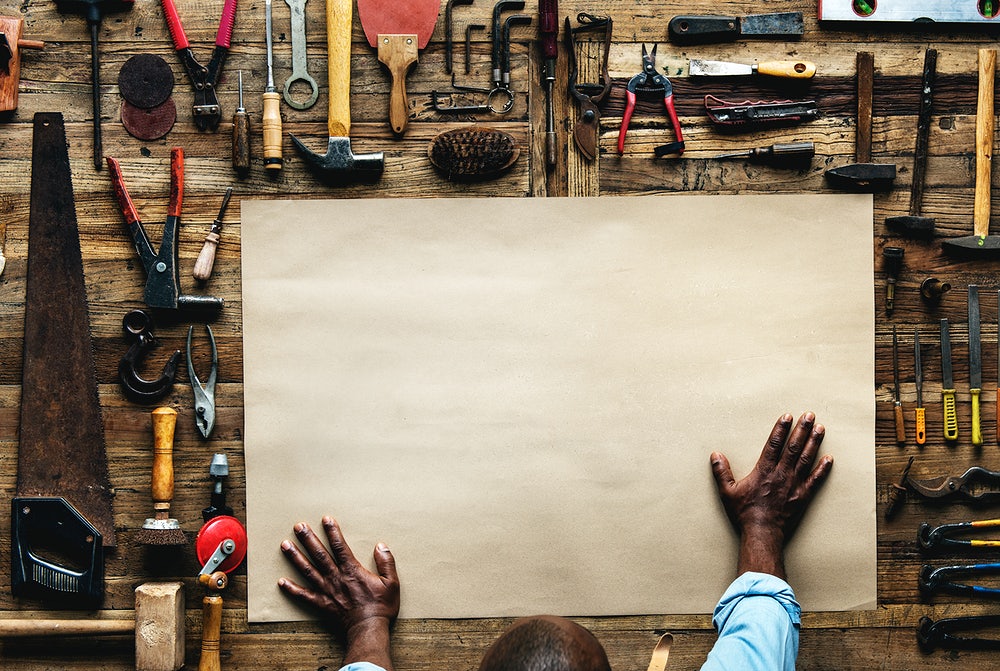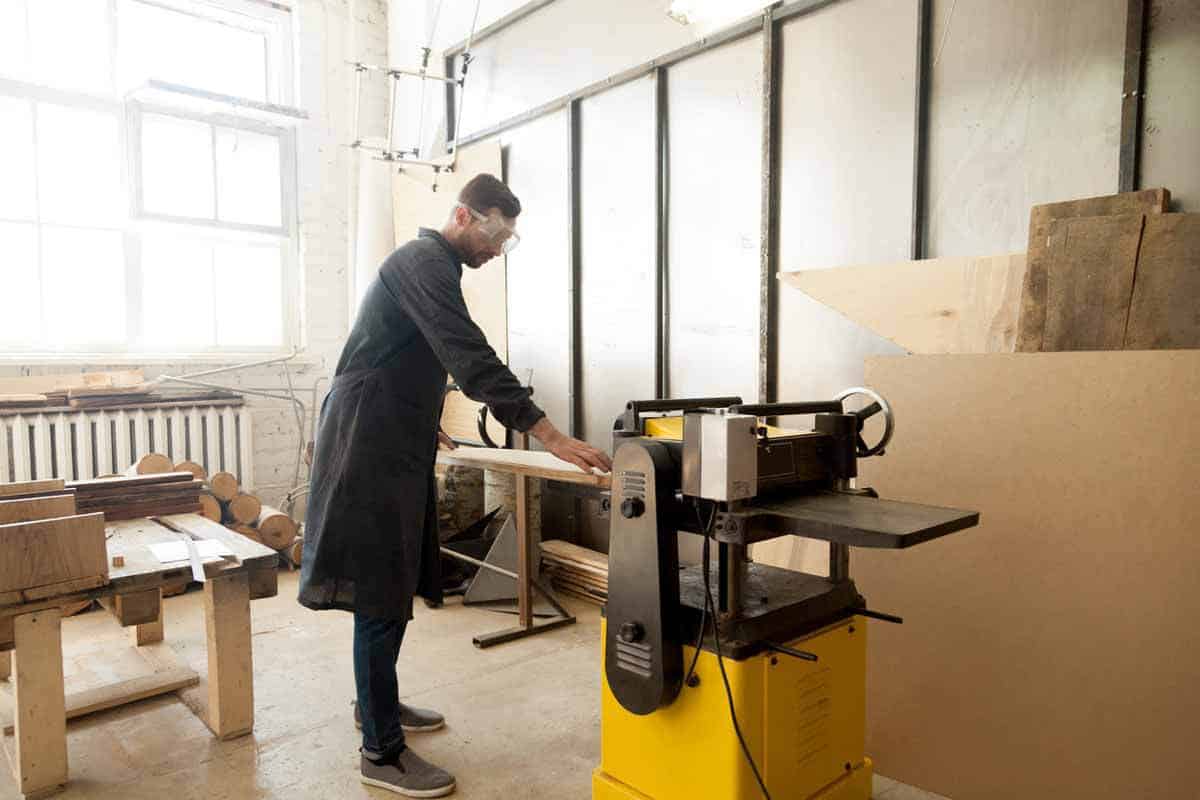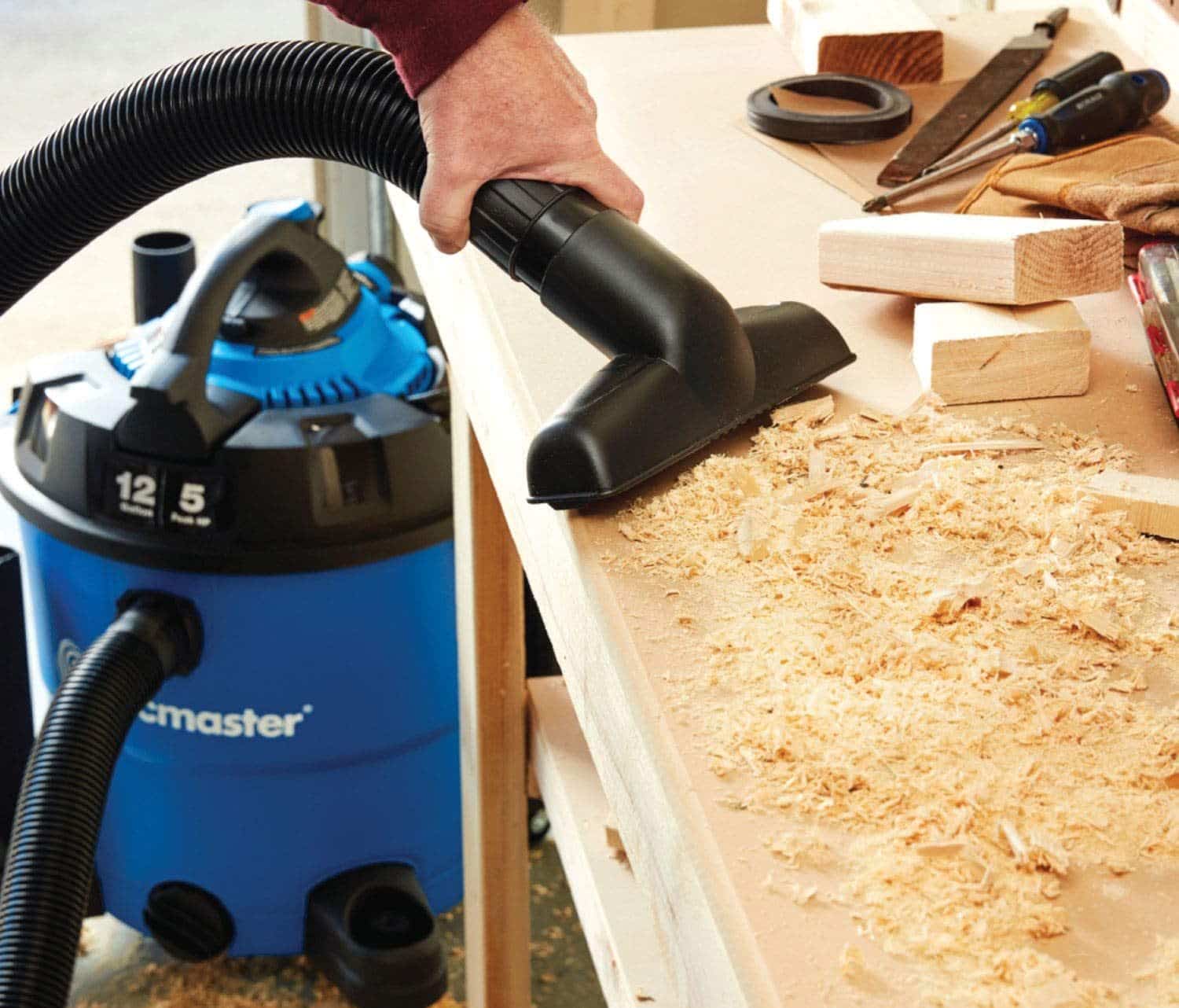10 Tune-Up Tips for Perfect Planing with an Electric Wood Planer

From your car to your lawnmower and even your own body, every machine needs regular maintenance if it is to continue functioning optimally. Your electric wood planer is not an exception to this rule.
Thankfully, there is a myriad of maintenance tips that you can follow and perform right there in your woodworking shop without needing the help of a professional repair expert. Unless you are talking about issues such as the cutterhead being out of alignment with the feed rollers, you don’t really need to call a professional. You can successfully maintain your electric wood planer.
Here are some of the top tips to help you achieve that and keep your wood planer running smoothly and delivering tip-top results at every turn:
Tip 1: Always Make Sure the Planer Table Is Flat
Your planer works by the cutterheads cutting parallel to the table as you feed the wooden plank or board through it. That is one of the main reasons why you need to keep this table flat, smooth, and clean at all times.
You can ensure that it’s flat by checking it before every job using a long straightedge. You can also look at the length as well as the planing width of the table. Should you find that the table is warped in any way, contact your manufacturer before woodworking.
Tip 2: Reduce Snipe
Every woodworking enthusiast knows that snipe is going to occur when you are using a planer machine. There are a few tricks to minimize this occurrence, including making sure that you run the boards you are working on one right after the other: end to end. This will only leave you with snipe on the final board.
That, however, means that you have to cut the final board to length after running it through the planer. Another trick is to set the infeed and outfeed extension tables so that your outer ends stay at about 1⁄16″ higher than your planer table.
Tip 3: Use Mineral Spirits to Clean the Planer Table
By cleaning the planer table with mineral spirits and then applying some paste wax to it will ensure that the boards glide smoothly when being pulled by the feed rollers. To avoid any grime, you should buff the wax using a soft cloth.
Tip 4: Blow Away Debris Using Compressed Air
Have you ever seen a dimpled wood surface after you run the board through the planer? This happens when there are wood shavings still on the machine. As the feed roller runs the board through the planer, it compresses these chips against the board, which creates the dimpled surfaces.
To avoid this and a host of other problems such as feed roller slippage, you should use compressed air to blow away the debris from your rollers, cutterhead and table surface after or before every job.
Tip 5: Use Naphtha to Wipe the Rubber Feed Rollers
Your rollers are going to lose grip from time to time. When this happens, the boards or wood pieces you work on might get stuck inside your planer and become burned or gouged. To avoid this, make it a habit of using naphtha or mineral spirits to wipe the rubber feed rollers with a clean rag.
Tip 6: Check Motor Brushes for Wear
The motor on your planer is going to experience some wear. This is especially pronounced and hastened when you expose it to excessive motor load by running deep cuts on wide wood stocks. You have to keep an eye on this wear. Simply check your motor brushes every 100 hours of use or so for wear on the carbon faces. If the carbon is less than 1⁄4″ long, replace them.
Tip 7: Regularly Clean the Guideposts and Head Elevation Screws
You need to regularly clean your guideposts and head elevation screws. You can do this using compressed air to blow away the wood shavings, chips, and dust. Go deeper by using a brass-bristle brush if you need to. Finally, lubricate the threads and guide posts using dry paraffin wax. This will increase smooth movement.
Tip 8: Clean the Knives
While you should make it a habit of cleaning the knives as regularly as possible, you need to do after planing any wood that has a high tar, oil, or sap content in particular. This includes wood such as teak or pine. To clean the knives, you will need mineral spirits and a brass-bristle brush (which is safer) and a clean rug. Remember that these knives are extremely sharp and should therefore be handled with extreme care.
Tip 9: Sharpen or Replace Dull Knives
Do you know how it feels to use a dull knife in the kitchen? Not only is it inconvenient but it also ruins whatever it is you are trying to cut. This is very much the same kind of results you will get when you use a planer that has dull knives on any piece of wood project.
Dull knives cause the planer to either pull chunks of wood from the surface being worked on or to tear it all together. That is why you need to keep an eye out on the dullness of the knives.
You can choose to either sharpen then once they get dull or simply replace them with newer, sharper and stronger ones.
- P.S: If you have disposable double-edged planer knives, don’t bother sharpening them. You will have a harder time getting a consistently straight and sharp edge. It’s best to have a spare set of these knives around so you can simply replace the dull one and minimize on your downtime.
Tip 10: Regularly Clean the Sprockets and Drive Chain
Your sprockets and drive chain need to be cleaned regularly, or every time they get covered in wood chips or dust. To do this, you need to use compressed air and a brass-bristle brush. Try not to remove any lubricants or grease from the exposed gears while you are at it.
Regularly taking good care of your electric wood planer will not only ensure that you have the machine for much longer but also that you get the best possible service out of your great tool during that duration. Use these tips to carry out minor and regular maintenance but remember to call an expert or your manufacturer for the bigger issues.



